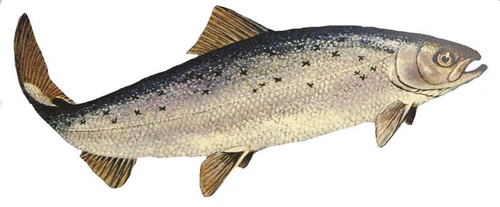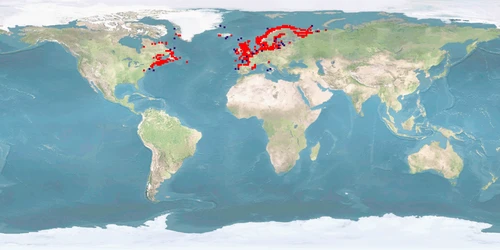Information
Author: Jenny Volstorf
Version: B | 1.2Published: 2023-07-26
link corrections
1 Summary
2 General
- Escapes: rear only in environments where it naturally occurs D1 and prevent escapes. Else, escapees from fish farms have negative or at most unpredictable influences on the local ecosystem D2.
- Rearing stages: do not rear individuals past the parr stage D3. Once smoltified, individuals adapt to seawater and have the urge to migrate D4. Closed systems cannot accommodate this.
- Individual differences: due to inter-individual differences in habitat use, be careful when adopting guidelines or recommendations to individual populations D5; adjust conditions when you notice anomalous behaviour D6 D7 D8 D9 D10 D11 D12 D13.
3 Designing the (artificial) habitat
3.1 Substrate and/or shelter
- Substrate:
- Substrate: no clear substrate preference D5 D14. For the most natural solution, provide a range of rock sizes from gravel to boulder. An artificial alternative (polyethylene astroturf) may increase growth in alevins, because it provides vertical stability and the individuals do not need to swim and thus spend energy D15.
- For substrate and...
...occupation → A1,
...nest building → A2.
- Shelter or cover:
- Cover: in the wild, takes cover from overhead under rocks and stones D6. For the most natural solution, provide at least one coarse substrate shelter per individual; alternatively, provide artificial shelters inside the system (e.g., cut-up opaque plastic bottles, undercut banks D6) or outside (e.g., fibreglass and polystyrene D16). Avoid complete cover in respect for the diurnal rhythm A3. Partial cover increased growth and decreased stress D16. Being able to shelter prevents weight loss otherwise resulting from shelter competition D6.
- Vegetation: avoid dense vegetation or moving (instead of steady) elements as cover or withdrawal opportunity, because these might limit visibility. If coarse substrate shelters are not possible, moderate vegetation (e.g. rooted aquatic macrophytes) is a genuine alternative, though D6.
- Shelters: in the wild, seeks shelter under rocks and stones at low or high temperatures D6. If temperatures at the margins of the range of tolerance D17 cannot be avoided, decrease water velocity D10 and provide shelters or withdrawal opportunities (see above).
- Safety measures: provide access to the water surface so that individuals may re-fill their swim bladder; ensure safety measures to avoid individuals jumping out of the holding system D18.
3.2 Photoperiod
- Photoperiod: given the distribution D1 D19, natural photoperiod is 8-18 hours, depending on the season. Provide access to natural (or at least simulated) photoperiod and daylight.
- Light intensity: for alevins (0-20 days), provide low light intensity to accommodate the photonegative behaviour D8. Avoid light with high intensity (>0.82 μmol/m2/s), as it causes temporary blindness D20. Avoid abrupt changes of the light environment, and instead ascend light intensity slowly D11.
- Light colour: no ethology-based recommendation definable so far.
- Resting period: respect the diurnal rhythm of Atlantic salmon and its resting period at night or in the dark D8.
3.3 Water parameters
- Temperature: no clear temperature preference D5, probably best kept at 12-20 °C D17, eggs not warmer than 16 °C D17 D21. Above and below may mean lower survial D22 and growth D21. Adjust temperature when you notice avoidance behaviour D6 D7 D8 D9 D10 D11.
- Water velocity: no clear velocity preference D5 D10. Provide variations in the direction and the velocity of the water inlet preferably between 4 and 50 cm/s, depending on life stage, population density, discharge, food abundance, and water temperature D10.
- Oxygen: provide eggs with oxygen concentrations ≥7 mg/L at an incubation temperature of 12.5 °C and water velocity ≥100 cm/h D23. Further research needed.
- Salinity: given the anadromous migration type, natural salinity is at freshwater level from egg to parr stage (and again as grilse) and seawater level at smolt stage D24 D4.
- pH: in the wild, pH is at 6.8-7.9 D25. Further research needed. For all freshwater stages, keep pH at ≥5.4 D26.
- Turbidity: no ethology-based recommendation definable so far.
3.4 Swimming space (distance, depth)
- Distance: in the wild, freshwater stages of up to 2+ years mainly remain in home range of 5-60+ m; 3+ year old parr travel up to 8 km D27. Provide at least 60+ m, bearing in mind the planned stocking density A4.
- Depth:
- Depth range: no clear depth preference D5 D11. Provide at least 0.05-3+ m, bearing in mind the planned stocking density A4. Individuals should be able to choose swimming depths according to life stage and status D11 D28 D29.
- Flight: provide enough depth for the flight response to light D11 D20 and abrupt light changes D11, as well as noise D30; depth use does not seem to be limited D5 D11.
- Temperature layers: in habitats with water layers with different temperatures, prepare for individuals migrating to layers with preferred temperatures D17 D11, and avoid crowding in these layers by providing enough space.
4 Feeding
- Alternative species: carnivorous D31, trophic level 4.5 D32. If you have not yet established an Atlantic salmon farm, you might consider to opt for a species that can be fed without or with much less fish meal and fish oil in order not to contribute to overfishing by your business D33.
- Protein substitution: if you run an Atlantic salmon farm already, try to substitute protein feed components that have so far been derived from wild fish catch, while taking care to provide your fishes with a species-appropriate feed D31:
- Invite a feed mill and other fish farmers in your country to jointly establish a recycling syndicate that converts the remainders and the offcuts of fish processing into fish meal and fish oil, separating the production line corresponding to the species of origin in order to avoid cannibalism →fair-fish farm directives (point 6).
- Inform yourself about commercially tested substitutes for fish meal and fish oil, like insect or worm meal or soy, with an appropriate amino and fatty acid spectrum.
- Feed delivery:
- Feeding frequency and time, feed delivery, self-feeders: in the wild, sit-and-wait predator but still mobile between foraging stations D34 D35, mostly diurnal D8. Refrain from feeding during night time in respect for Atlantic salmon's natural resting period. Keeping to a feeding schedule might decrease stress but increase aggression due to food-anticipatory behaviour D36. Further research needed. Alternatively, install a self-feeder and make sure all Atlantic salmon adapt to it. No ethology-based recommendation definable so far on speed and pattern of feed delivery. Note decreased feeding at temperatures <16 °C D7 and in new situations given personality differences D37 and reduce the amount of food offered accordingly (if not using a self-feeder).
- Food competition: size-grade juveniles, because food competition results in variable growth rates D38 and size-grading increases weight D39. Further research needed.
- Particle size: no ethology-based recommendation definable so far.
- Feed enrichment: no ethology-based recommendation definable so far.
5 Growth
- Maturity: in the wild, matures at 2-5 years D3. Although manipulating time of maturity is possible D40, refrain from it, as we have not found studies reporting possible long-term effects on welfare → fair-fish database's understanding of fish welfare.
- Manipulating sex: even if manipulating sex were possible, refrain from it, as we have not found studies reporting possible long-term effects on welfare → fair-fish database's understanding of fish welfare.
- Sex ratio: no ethology-based recommendation definable so far.
- Size-grading: for size-grading and food competition →A5.
- Other effects on growth: no ethology-based recommendation definable so far.
- Deformities and malformations: prone to otolith deformations resulting in hearing loss D41. Although not hindering growth, we consider it welfare diminishing (→ fair-fish database's understanding of fish welfare) and recommend checking for hearing loss and rearing strains without otolith deformations.
- For growth and...
...substrate and shelter →A6,
...water temperature → A7,
...stocking density → A4.
6 Reproduction
- Nest building: female builds nest that is called redd D42, gravel breeder D43. For the most natural solution, provide gravel of up to 100 mm substrate size (or grain size of maximum 10% of female body length) without fine material (mudd, clay), water velocity of 0.2-1.1 m/s, 5-76 cm water depth.
- Courtship, mating: no ethology-based recommendation definable so far.
- Spawning conditions: for spawning substrate, water velocity, water depth → Nest building (above). Respect natural spawning season in autumn to winter in fresh water D44. No ethology-based recommendation definable on specific temperature, broodstock composition, and spawning sequence.
- Fecundity: average one redd with 20-450 eggs per female D45. Even if manipulating fecundity were possible, refrain from it, as we have not found studies reporting possible long-term effects on welfare → fair-fish database's understanding of fish welfare.
7 Stocking density
- Maximum: the businessplan should be calculated on the basis of a maximum stocking density that will never exceed the tolerable maximum with regard to fish welfare.
- Stocking:
- Stocking larvae: no ethology-based recommendation definable so far.
- Stocking juveniles and adults: in rivers, low density (<0.1 parr/m2) D46, decreasing growth with increasing density D47. Further research needed. In captivity at higher densities, build schools D48. For better welfare, keep at <22 kg/m3, preferably even <10 kg/m3 D49.
- Restriction:
- Habitat structuring: consider loss of space due to structures inside and outside the system A6 and calculate density accordingly.
- Environmental conditions: in the wild, displays a large variability in preferences for substrate, water temperature, water velocity, and depth D5. Consider increased density at places with preferential conditions A6 A7 A8 and calculate density accordingly.
- Aggregation: in captivity, individuals build schools D48. Consider increased density at places due to formation of schools and calculate density accordingly.
- Aggression: choose density given displayed aggression between higher number of (mild) aggressive acts at low density and more severe aggression at higher density and adjust accordingly D12. Further research needed. Aggression may entail displays, attacks, displacements, chases, nips D12.
- Territoriality: in the wild, territorial D35. Consider space loss due to territoriality and calculate density accordingly.
- Interaction: as show the above influence factors, stocking density is only one part of a complex interaction of factors to affect welfare. It should never be considered isolatedly.
8 Occupation
- Food search: provide substrate in size of gravel to boulder so that individuals may search for food D14 D34.
- Challenges: if after decreasing stress A9 and providing everything welfare assuring, you still notice stereotypical behaviour, vacuum activities, sadness, then provide mental challenges, diversion, variety, and check reactions.
9 Handling, slaughter
9.1 Handling
- Stress coping styles: individuals differ in their ability to cope with stress D50 D37, so assume the smallest common denominator during stressful situations and handle with care and high efficiency.
- Stress measurement:
- Stress reduction:
- Noise: avoid certain sounds like infrasound of 12.5 Hertz or slapping noise on the water surface, as it causes stress D30. If unavoidable, administer such sound regularly so that the individuals may habituate to the disturbance D54 D30.
- Directing individuals: to direct individuals in the habitat (e.g., for cleaning purposes), make use of Atlantic salmon's ability to be conditionable D53 to reduce stress.
- Cage submergence: consider cage submergence against detrimental surface conditions or infestation with sea lice as a stress-free alternative to other methods D55.
- Pain treatment: no ethology-based recommendation definable so far.
- Handling: no ethology-based recommendation definable so far.
- Confinement: avoid confinement, as it causes stress D56.
- Crowding: avoid crowding, as it causes stress D57.
- Transport: no ethology-based recommendation definable so far.
- Disturbance: keep disturbances (e.g. passing by, leaning over, cleaning) to a minimum (or restrict view to areas where disturbances could occur), as they might cause stress D13.
- For stress reduction and...
...cover → A6,
...water temperature → A7,
...feed delivery→ A5,
...stocking density → A4,
...stunning → A10.
9.2 Slaughter
- Stunning rules: render individuals unconscious as fast as possible and make sure stunning worked and they cannot recover D58.
- Stunning methods: prefer percussive stunning, because it renders individuals unconscious fast if administered correctly and with sufficient force D59. Alternatively, use spiking, but probably less welfare assuring, because individuals have to be taken out of the water D60.
- Slaughter methods: bleed or gut individuals immediately after stunning, i.e. while unconscious.
10 Certification
- Certification: fair-fish international association warmly advises to follow one of the established certification schemes in aquaculture in order to improve the sustainability of aquafarming. Adhering to the principles of one of these schemes, however, does not result in animal welfare by itself, because all these schemes do not treat animal welfare as a core issue or as an issue at all. Therefore the FishEthoBase has been designed as a complement to any of the established certification schemes. May it help practitioners to improve the living of the animals they farm based on best scientific evidence at hand.
- To give you a short overview of the most established schemes, we present them below in descending order of their attention for animal welfare (which is not necessarily the order of their sustainability performance):
- The fair-fish farm directives are not present on the market, we cite them here as a benchmark. The directives address fish welfare directly by being committed to FishEthoBase: for each species, specific guidelines are to be developed mirroring the recommendations of FishEthoBase; species not yet described by FishEthoBase cannot be certified. In addition, the directives address a solution path for the problem of species-appropriate feeding without contributing to overfishing.
- The RSPCA (Royal Society for the Prevention of Cruelty to Animals) has developed sophisticated welfare standards for two farmed species so far: Atlantic salmon (last version: February 2018) and Rainbow trout (last version: March 2018), embracing the full life cycle and all aspects of life conditions in captivity, and widely applied by farmers in the UK as well as by farmers in other European countries. From an animal welfare point of view, and for these two species, the RSPCA standard is for sure the most stringent one on the market, and the one next to the conception of fair-fish (which however would hardly agree to certify the two species due to their low FishEthoScore).
- The Naturland Standards for Organic Aquaculture (Version 06/2018) generally address animal welfare with words similar to the fair-fish approach: "The husbandry conditions must take the specific needs of each species into account as far as possible (…) and enable the animal to behave in a way natural to the species; this refers, in particular, to behavioural needs regarding movement, resting and feeding as well as social and reproduction habits. The husbandry systems shall be designed in this respect, e.g. with regard to stocking density, soil, shelter, shade and flow conditions."
In the details, however, the standards scarcely indicate tangible directives, the only ones for Atlantic salmon being a maximum stocking density of 10 kg/m3. Live transportation is limited to 10 hours max, to 1 kg/8 L max, and to adequate provision of oxygen, with water exchange after six hours. - The GAA-BAP Finfish and Crustacean Farms Standard (Issue 2.4, May 2017) directly addresses animal welfare: "Producers shall demonstrate that all operations on farms are designed and operated with animal welfare in mind." Farms shall "provide well-designed facilities", "minimize stressful situations" and train staff "to provide appropriate levels of husbandry". Yet the standard does not provide tangible and detailed instructions for the practitioner, let alone species-specific directives.
In September 2017, GAA-BAP received a grant from the Open Philanthropy Project to develop best practices and proposed animal welfare standards for salmonids, tilapia, and channel catfish. Thus, fish welfare on GAA-BAP certified farms might become more tangible in the future. - The GlobalG.A.P. Aquaculture Standard (Version 4.0, March 2013) "sets criteria for legal compliance, for food safety, worker occupational health and safety, animal welfare, and environmental and ecological care." The inspection form includes criteria like "Is the farm management able to explain how they fulfil their legal obligations with respect to animal welfare?", "If brood fish are stripped, this should be done with the consideration of the animal's welfare." or "Is a risk assessment for animal welfare undertaken?". The scheme claims that 45 out of a total of 249 control points cover animal protection, yet it does not provide any tangible directives, let alone species-specific directives..
- The ASC Aquaculture Stewardship Council. The ASC standards address fish welfare only indirectly, as a function of a “minimum average growth rate" per day, a "maximum fish density at any time", and a "maximum average real percentage mortality". fair-fish sees animal welfare as an intrinsic value, not just as a result of optimising neighbouring values like health care and management procedures.
The ASC standard for Salmon (version 1.2, March 2019) specifies indirect threshold values for mortality, but not for growth rate and stocking density.
In November 2017, ASC received a grant from the Open Philanthropy Project to develop an evidence-based fish welfare standard that is applicable to all ASC-certified species. ASC intends to share its approach to fish welfare with all farms engaged with the ASC program and encourage adoption of it, which means that the fish welfare standard will function as a non-mandatory add-on to the ASC certification. - The Friend of the Sea (FOS) Standards for marine aquaculture of fish (revised November 2014) do not even address animal health or animal welfare issues.
In May 2017 however, FOS signed a Memory of Understanding with fair-fish international on developing fish welfare criteria for the FOS standard. In November 2017 fair-fish international association received a grant from the Open Philanthropy Project to assess the welfare of fish on FOS certified farms, develop farm-specific recommendations, and to develop animal welfare criteria for the FOS standard. Thus, fish welfare on FOS certified farms might become tangible in the future.
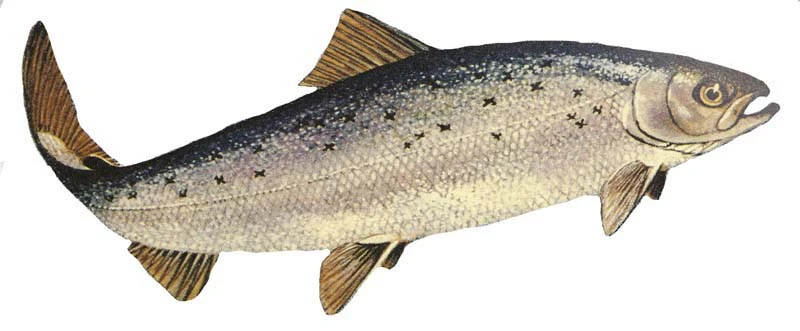
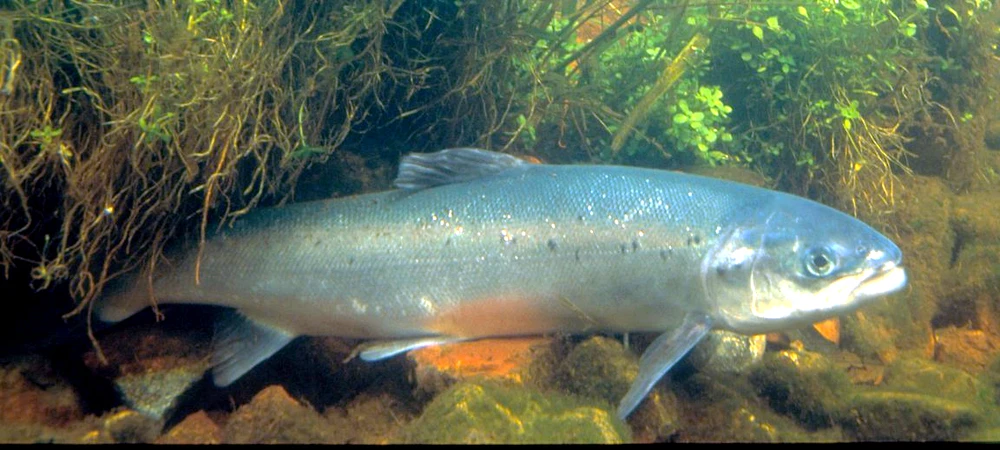

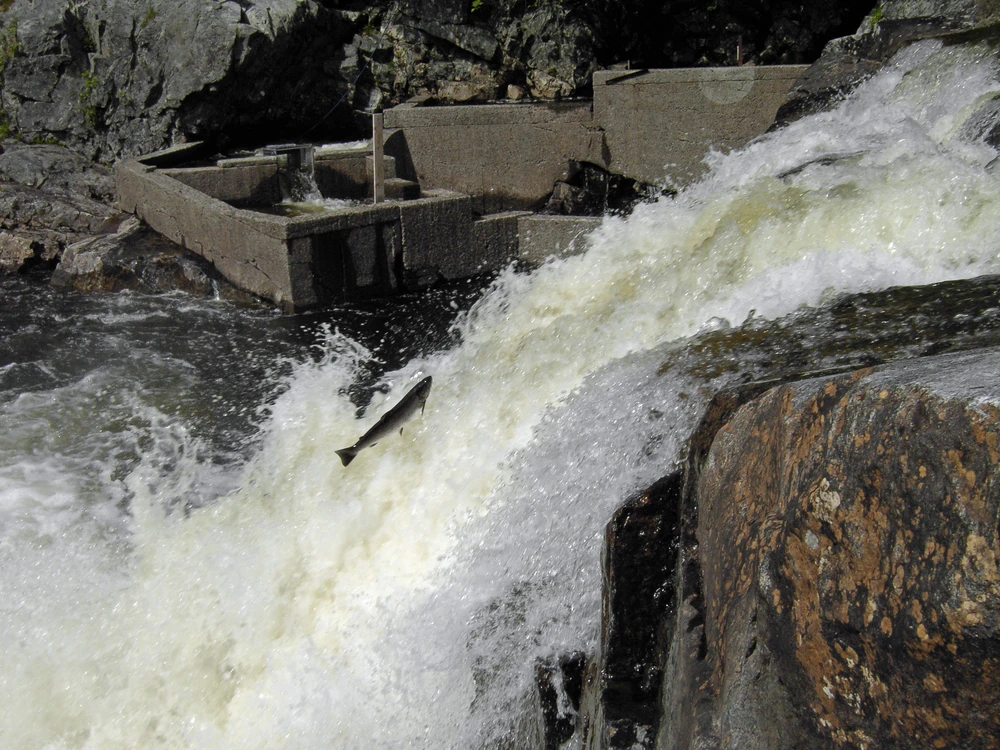
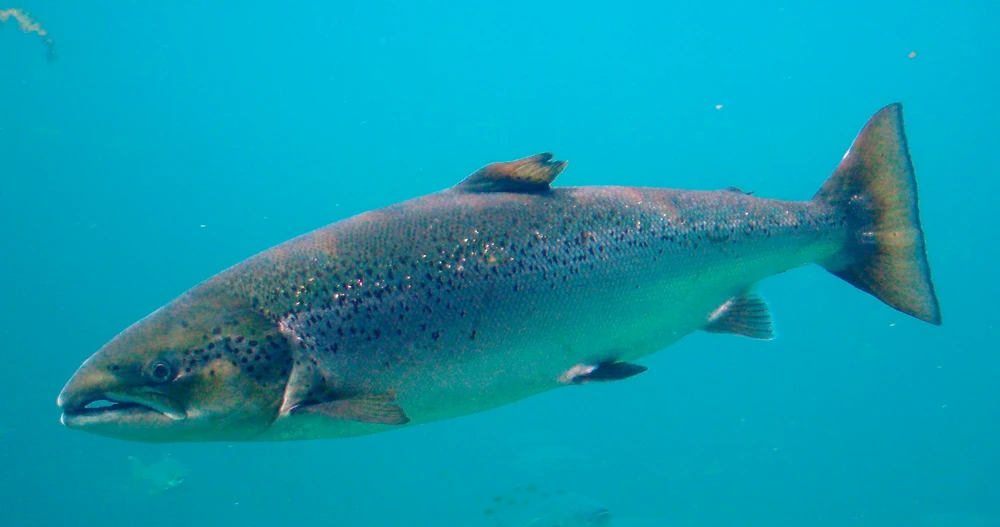
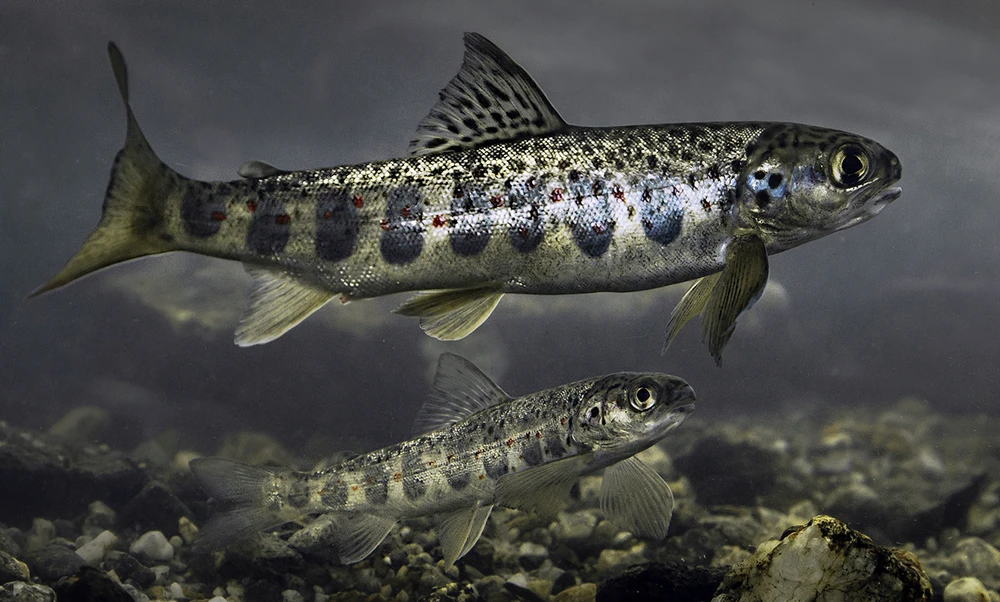
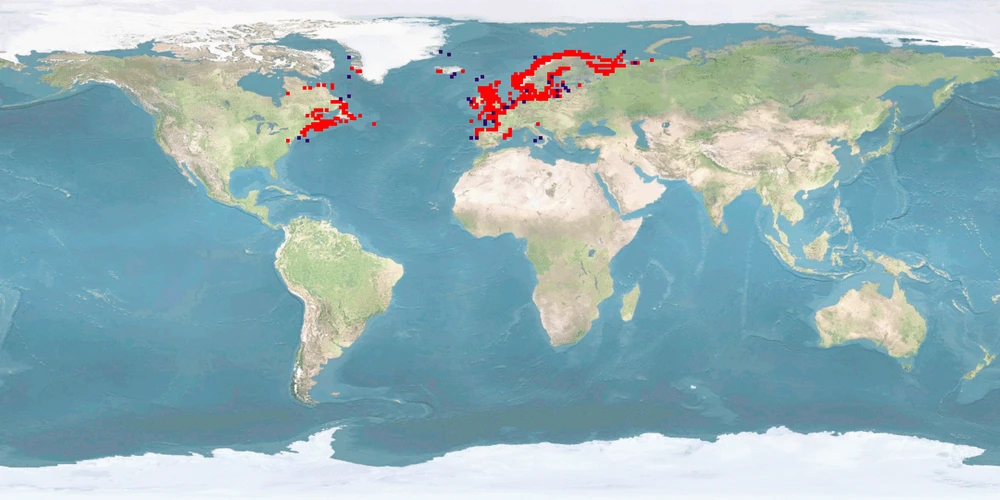







In the "Advice", we summarise findings from the literature regarding some basic criteria that are important to assure good welfare in aquaculture facilities: designing the (artificial) habitat, feeding, growth, reproduction, stocking density, occupation, handling/slaughter. The literature base comes from the "Dossier" (separate tab on top) where one may also find the respective references.
At first sight, the "Advice" might read as something resembling a farming manual, but we would like to stress that it's not meant like this. Yes, we do our best to give the insights from the literature with the aim of assuring good welfare in aquaculture. There are two reasons why the "Advice" is not a rearing manual:
- to set up or maintain an aquaculture facility, many more criteria are important to know and monitor. For example, we do not cover water parameters in detail
- our source for everything on this page is an – albeit vast – literature check. We did not consult with aquaculture experts or got hands-on knowledge ourselves. Some of the studies were done in the lab, though, and might need to be verified for the farming context.
In sum, our idea with the "Advice" is to summarise what the literature has to say about how to assure good welfare in aquaculture. Please also note that the "Advice" is a part of the database that we put on hold a few years ago to focus more on the WelfareChecks. Therefore, all of the 11 "Advices" (2013-2019) certainly need an update.
Probably, we updated the profile. Check the version number in the head of the page. For more information on the version, see the FAQ about this. Why do we update profiles? Not just do we want to include new research that has come out, but we are continuously developing the database itself. For example, we changed the structure of entries in criteria or we added explanations for scores in the WelfareCheck | farm. And we are always refining our scoring rules.
The centre of the Overview is an array of criteria covering basic features and behaviours of the species. Each of this information comes from our literature search on the species. If we researched a full Dossier on the species, probably all criteria in the Overview will be covered and thus filled. This was our way to go when we first set up the database.
Because Dossiers are time consuming to research, we switched to focusing on WelfareChecks. These are much shorter profiles covering just 10 criteria we deemed important when it comes to behaviour and welfare in aquaculture (and lately fisheries, too). Also, WelfareChecks contain the assessment of the welfare potential of a species which has become the main feature of the fair-fish database over time. Because WelfareChecks do not cover as many criteria as a Dossier, we don't have the information to fill all blanks in the Overview, as this information is "not investigated by us yet".
Our long-term goal is to go back to researching Dossiers for all species covered in the fair-fish database once we set up WelfareChecks for each of them. If you would like to support us financially with this, please get in touch at ffdb@fair-fish.net
See the question "What does "not investigated by us yet" mean?". In short, if we have not had a look in the literature - or in other words, if we have not investigated a criterion - we cannot know the data. If we have already checked the literature on a criterion and could not find anything, it is "no data found yet". You spotted a "no data found yet" where you know data exists? Get in touch with us at ffdb@fair-fish.net!
First up, you will find answers to questions for the specific page you are on. Scrolling down in the FAQ window, there are also answers to more general questions. Explore our website and the other sub pages and find there the answers to questions relevant for those pages.
In the fair-fish database, when you have chosen a species (either by searching in the search bar or in the species tree), the landing page is an Overview, introducing the most important information to know about the species that we have come across during our literatures search, including common names, images, distribution, habitat and growth characteristics, swimming aspects, reproduction, social behaviour but also handling details. To dive deeper, visit the Dossier where we collect all available ethological findings (and more) on the most important aspects during the life course, both biologically and concerning the habitat. In contrast to the Overview, we present the findings in more detail citing the scientific references.
Depending on whether the species is farmed or wild caught, you will be interested in different branches of the database.
Farm branch
Founded in 2013, the farm branch of the fair-fish database focuses on farmed aquatic species.
Catch branch
Founded in 2022, the catch branch of the fair-fish database focuses on wild-caught aquatic species.
The heart of the farm branch of the fair-fish database is the welfare assessment – or WelfareCheck | farm – resulting in the WelfareScore | farm for each species. The WelfareCheck | farm is a condensed assessment of the species' likelihood and potential for good welfare in aquaculture, based on welfare-related findings for 10 crucial criteria (home range, depth range, migration, reproduction, aggregation, aggression, substrate, stress, malformations, slaughter).
For those species with a Dossier, we conclude to-be-preferred farming conditions in the Advice | farm. They are not meant to be as detailed as a rearing manual but instead, challenge current farming standards and often take the form of what not to do.
In parallel to farm, the main element of the catch branch of the fair-fish database is the welfare assessment – or WelfareCheck | catch – with the WelfareScore | catch for each species caught with a specific catching method. The WelfareCheck | catch, too, is a condensed assessment of the species' likelihood and potential for good welfare – or better yet avoidance of decrease of good welfare – this time in fisheries. We base this on findings on welfare hazards in 10 steps along the catching process (prospection, setting, catching, emersion, release from gear, bycatch avoidance, sorting, discarding, storing, slaughter).
In contrast to the farm profiles, in the catch branch we assess the welfare separately for each method that the focus species is caught with. In the case of a species exclusively caught with one method, there will be one WelfareCheck, whereas in other species, there will be as many WelfareChecks as there are methods to catch the species with.
Summarising our findings of all WelfareChecks | catch for one species in Advice | catch, we conclude which catching method is the least welfare threatening for this species and which changes to the gear or the catching process will potentially result in improvements of welfare.
Welfare of aquatic species is at the heart of the fair-fish database. In our definition of welfare, we follow Broom (1986): “The welfare of an individual is its state as regards its attempts to cope with its environment.” Thus, welfare may be perceived as a continuum on which an individual rates “good” or “poor” or everything in between.
We pursue what could be called a combination of not only a) valuing the freedom from injuries and stress (function-based approach) but b) supporting attempts to provide rewarding experiences and cognitive challenges (feelings-based approach) as well as c) arguing for enclosures that mimic the wild habitat as best as possible and allow for natural behaviour (nature-based approach).
Try mousing over the element you are interested in - oftentimes you will find explanations this way. If not, there will be FAQ on many of the sub-pages with answers to questions that apply to the respective sub-page. If your question is not among those, contact us at ffdb@fair-fish.net.
It's right here! We decided to re-name it to fair-fish database for several reasons. The database has grown beyond dealing purely with ethology, more towards welfare in general – and so much more. Also, the partners fair-fish and FishEthoGroup decided to re-organise their partnership. While maintaining our friendship, we also desire for greater independence. So, the name "fair-fish database" establishes it as a fair-fish endeavour.
